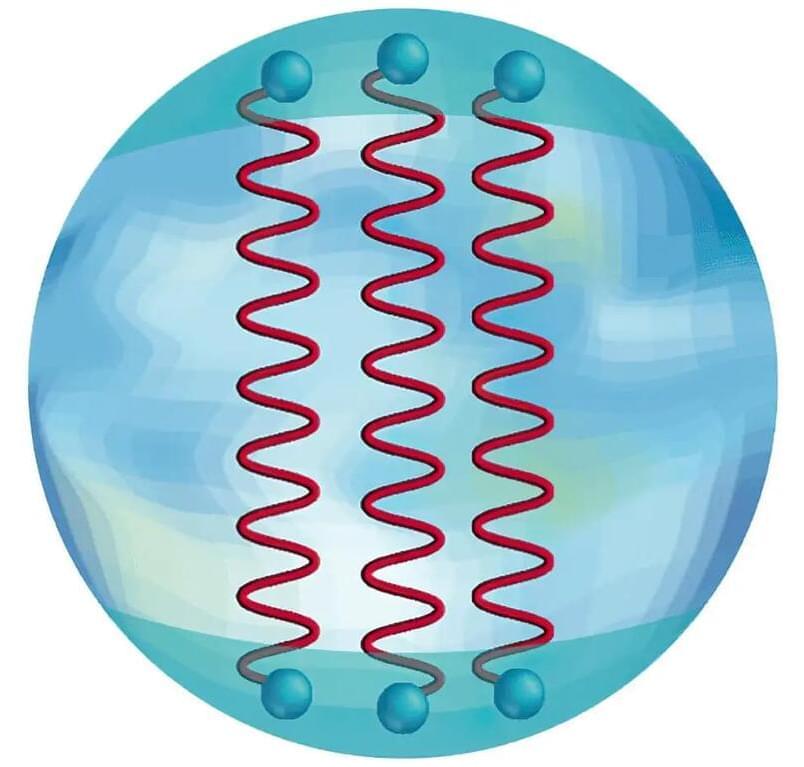Scientists at Brookhaven National Laboratory have used two-dimensional condensed matter physics to understand the quark interactions in neutron stars, simplifying the study of these densest cosmic entities. This work helps to describe low-energy excitations in dense nuclear matter and could unveil new phenomena in extreme densities, propelling advancements in the study of neutron stars and comparisons with heavy-ion collisions.
Understanding the behavior of nuclear matter—including the quarks and gluons that make up the protons and neutrons of atomic nuclei—is extremely complicated. This is particularly true in our world, which is three dimensional. Mathematical techniques from condensed matter physics that consider interactions in just one spatial dimension (plus time) greatly simplify the challenge. Using this two-dimensional approach, scientists solved the complex equations that describe how low-energy excitations ripple through a system of dense nuclear matter. This work indicates that the center of neutron stars, where such dense nuclear matter exists in nature, may be described by an unexpected form.
